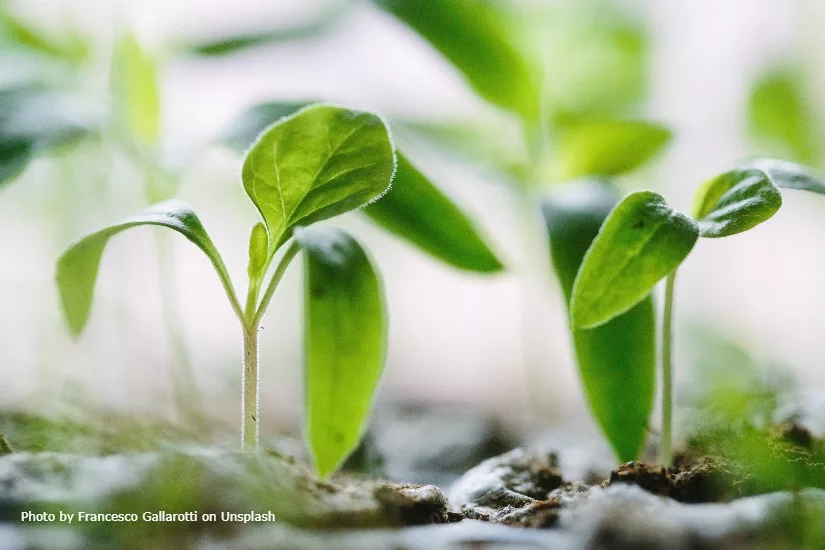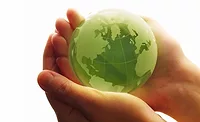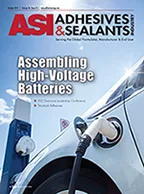Covestro Partners on Closed Loop for PU Mattresses

Covestro and Recticel, a Belgian company specializing in insulation and semi-finished foam products, were able to demonstrate that the two main raw materials originally used in flexible polyurethane PU foam from mattresses can be recovered by chemical means to a high level of quality and purity. For the first time, a flexible foam sample has now been produced from fully recycled polyol and toluene diisocyanate (TDI), respectively. Both raw materials were obtained in Covestro’s pilot plant in Leverkusen, Germany.
"With this we have fully achieved the goal of developing a technology to chemically recycle these products and convert polyurethane into a high-quality recycled material," said Bart Haelterman, R&D director at Recticel. "For the first time in history, polyurethane is truly fitting into a circular economy." The findings are a result of the Europe-wide research project "PUReSmart," an EU funded project investing six million euros over a four-year period.
Building on the PUReSmart project, Covestro is working with partners from the waste management industry to drive the development of flexible foam recycling through to industrial use. "Our goal is to turn waste into valuable raw materials and to anchor the principle of the circular economy in our company and along the value chain with our partners to achieve this," said Christine Mendoza-Frohn, head of Performance Materials Sales EMEA & LATAM of Covestro. ʺThat’s why we make innovative recycling a priority. We call this ongoing Evolution of Recycling: Evocycle® CQ. The first initiative of this kind is dedicated to the chemolysis of PU mattress foam and is called 'Evocycle CQ Mattress.' This underlines our willingness to further invest in this technology," said Mendoza-Frohn.
Unlike other chemical processes for recycling PU flexible foam, the process does not use fossil-based polyol. It requires only the pre-sorted foam from mattress waste, a glycol, and an additive. During chemolysis, the polyol and toluene diamine (TDA), the precursor to TDI, are recovered in high purity and yield. After reprocessing, they can be used again as often as required for the production of new PU flexible foams. This ensures a sustainable circular economy for PU flexible foam with a reduced CO2 footprint.
For additional information, visit www.recticel.com and www.covestro.com.
Looking for a reprint of this article?
From high-res PDFs to custom plaques, order your copy today!





